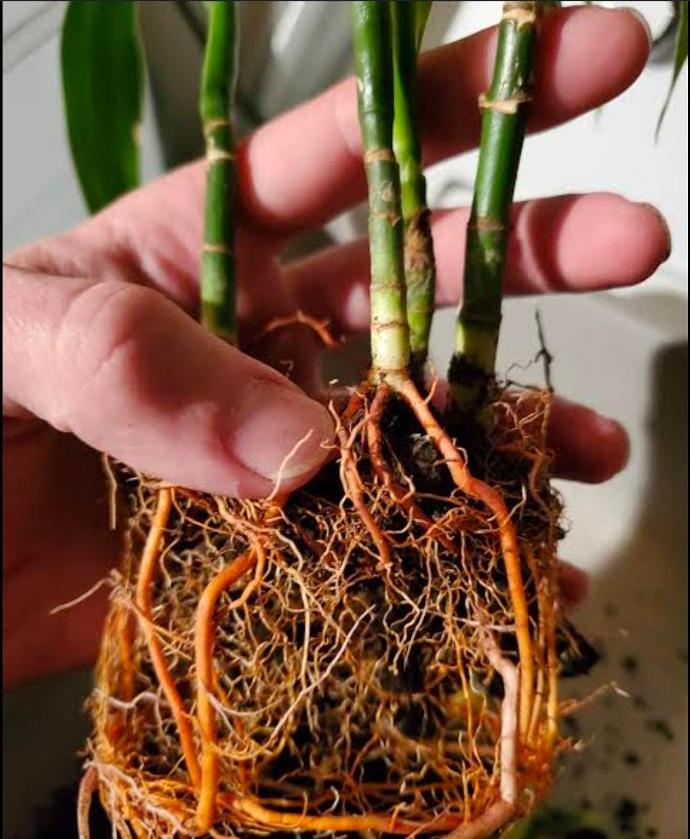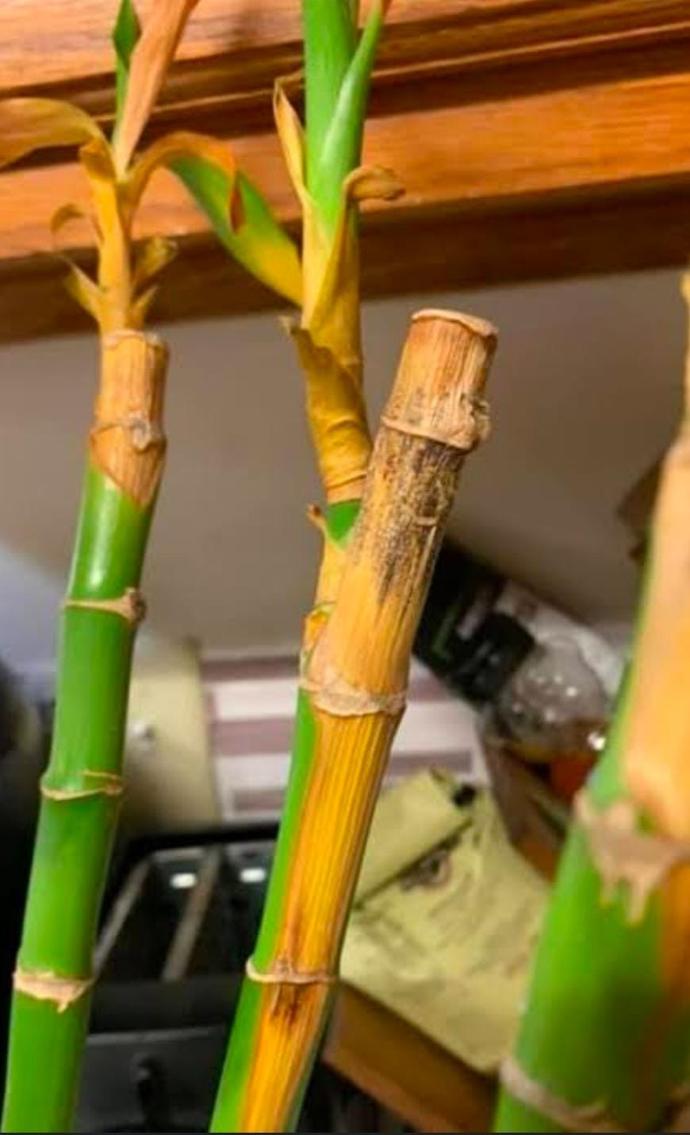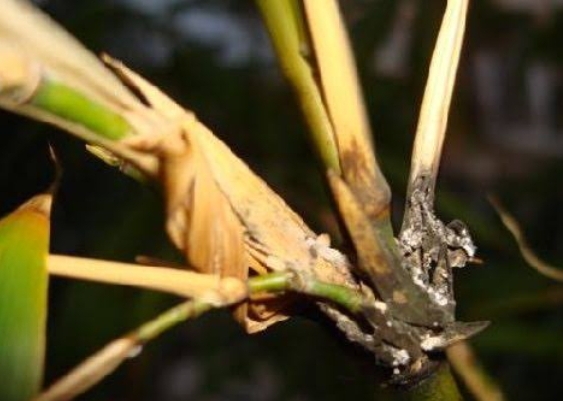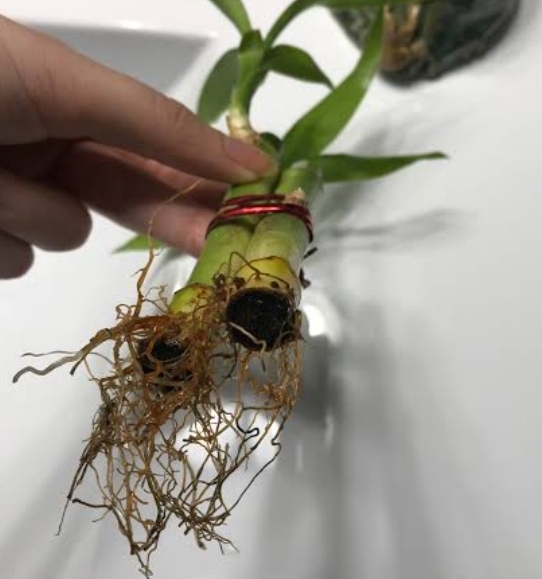Mini bamboo Plant
Mini Bamboo, possibly referring to a specific bamboo variety, may have varying care requirements. Generally, plant in well-draining soil with partial to full shade. Water consistently, and fertilize during the growing season. Pruning helps control its size and shape.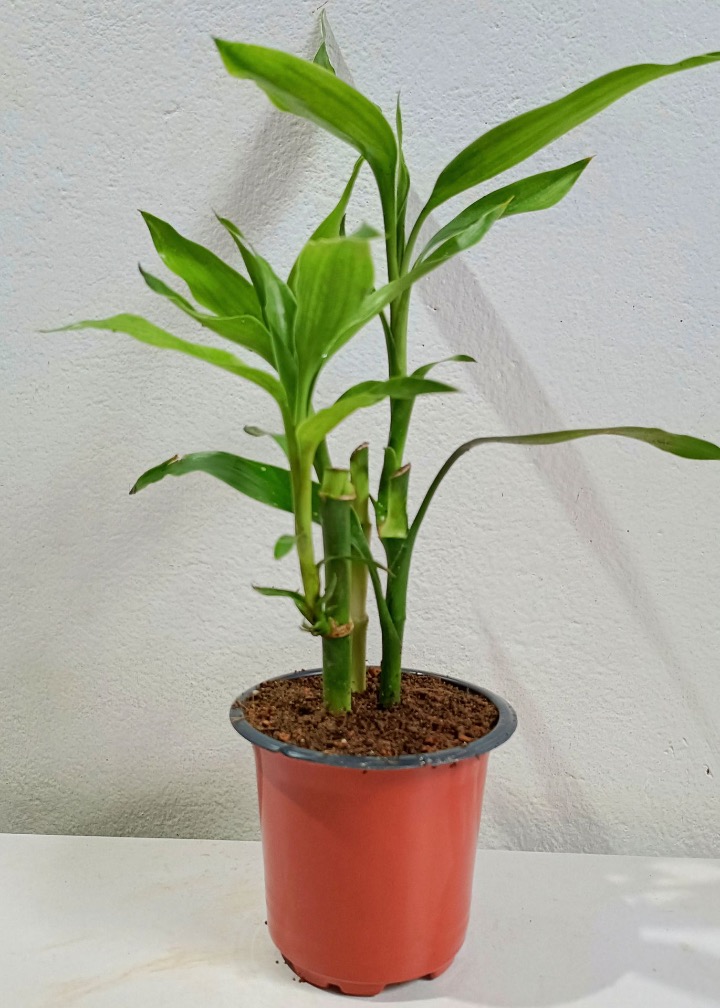
Habit
Bamboo
Height
1 to 2 m
Growth
Fast
Soil
Well-drained, Loamy
Shade
Full Sun
Moisture
Moist
Edible
Yes
Medicinal
Yes
Origin
Southeast Asia
Climatic Condition
Tropical, Subtropical
Temperature (°)
20°C to 30°C
Humidity (%)
60% to 75%
Potting media
50% Loam, 40% Sand, 10% Organic Matter
Fertilizers
Balanced Fertilizers
Watering
Regular watering
Plant Weight
3 to 5 kg
Flowering Time
Spring to Summer
Soil Ph level
6.0 to 7.5
Water Ph level
6.0 to 7.0
Soil EC
0.6 to 1.2 mS/cm
Yield Per Plant
10 to 15 kg per plant
NPK ratio
10:10:10
life Span
5 to 10 years
Health Benefits
Ornamental, Bamboo Shoots
Suggested Grow Media or Potting Mix ?
50% loamy soil, 30% compost, 20% sand
Suggested Fertigation/Fertilizers
Fertilize every 4 weeks with a balanced fertilizer.
Common Diseases and Remedies
Root rot , Sooty mould fungi
Affects the roots and flower parts of the stem , eventually kill the plant .
Maintain proper sanitation , proper spacing .
HEALTH BENEFITS
- Rich in silica, which promotes skin and hair health.
- Aids digestion and supports gut health.
- Bamboo shoots contain antioxidants that support immunity.
What Is An Mini Bamboo ?
Mini bamboo, also known as lucky bamboo, is a popular ornamental plant that is said to bring good luck and prosperity according to Feng Shui principles. Despite its name, Lucky Bamboo is not actually bamboo. It is a plant of the genus Dracaena. These plants usually grow in water, but they can also grow in soil. They are relatively low-maintenance and can withstand low-light conditions, making them ideal for indoor spaces. However, they require regular care such as fresh water changes and occasional fertilization to stay healthy.
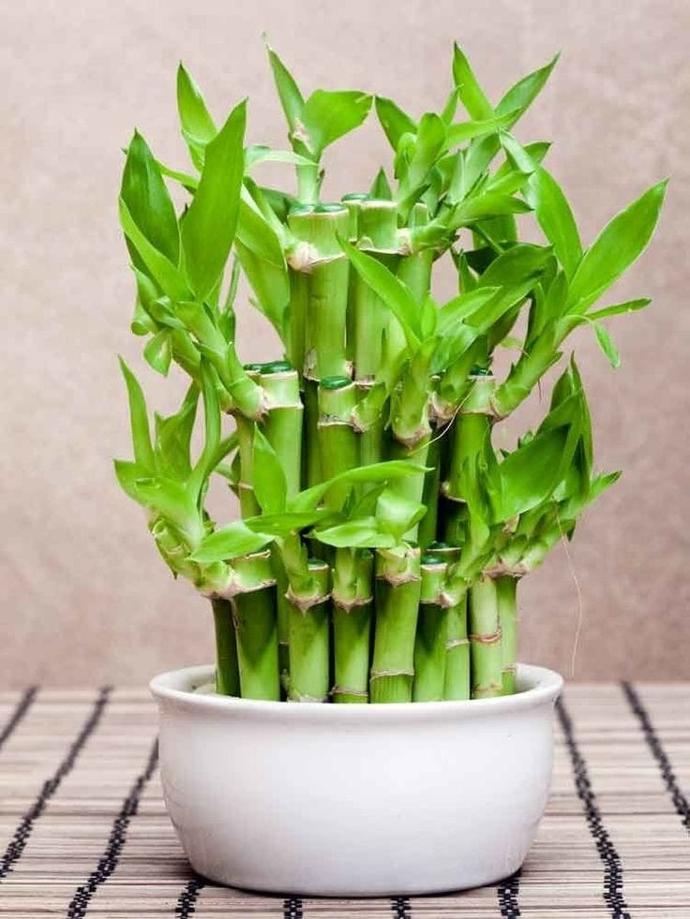
What Are The Different Types Of Mini Bamboo Plants?
1. Dracaena sanderiana
The most common type of lucky bamboo, known for its slender green stem and often spiral or braided arrangement.
2. Dracaena browni
This variety is also called ribbon plant or ribbon dracaena and has wider leaves and thicker stems than Dracaena sanderiana.
3. Dracaena compacta
This variety has short, thick stems and small, compact leaves, giving it a bushy appearance compared to other lucky bamboo varieties.
4. Dracaena marginata
Although less common in lucky bamboo arrangements, Dracaena marginata, also known as the Madagascan dragon tree, is sometimes seen in mini bamboo arrangements due to its unique appearance and hardiness.
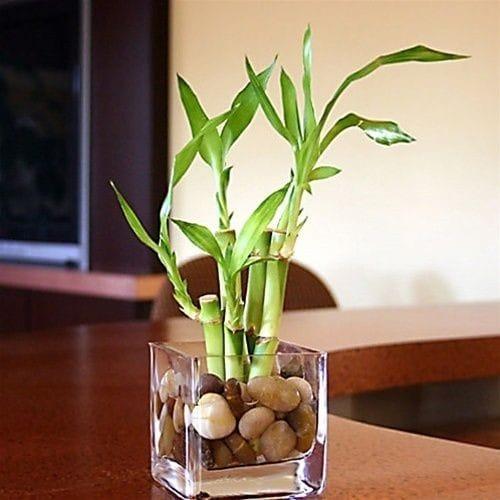
How to Care Mini Bamboo ?
1. Location
The ideal location for a mini bamboo plant such as Lucky Bamboo is in a bright, indirect area indoors with sunlight. Place it near a window with bright light, but avoid direct sunlight as this can cause leaf burn. Also, make sure the plant is protected from drafts and extreme temperature changes. Keep it away from heating and cooling vents to prevent stress. If you're growing your Lucky Bamboo outdoors, choose a partially shaded location to protect it from strong sunlight and strong winds.
2. Sunshine
Like Lucky Bamboo, Mini Bamboo prefers bright, indirect sunlight. It can tolerate some direct sunlight, especially in the morning and in cooler climates, but prolonged exposure to strong sunlight can cause the leaves to burn or turn yellow. Therefore, it is best to place your mini bamboo in an area that receives bright, filtered light, such as near a window with sheer curtains or a bright room with no direct sunlight. If you are growing your lucky bamboo outdoors, partial shade is ideal to protect the plant from harsh sunlight. Overall, you should make sure to provide your plants with consistent and adequate light to ensure their health and growth.
3. Soil
Mini bamboo plants, especially lucky bamboo, are usually grown in water rather than in soil. It can grow with just water, but sometimes fertilizer is added to the water. However, if you want to grow your mini bamboo plants in soil, you can use a well-drained potting mix suitable for houseplants. Tropical plants and houseplants have good aeration and drainage, so look for mixes designed for them. Avoid heavy soils with too much moisture as this can cause root rot. Keep the soil moist, but not soggy, and make sure the pot has drainage holes to prevent water from pooling.
4. Hydration
Keep the roots of your mini bamboo in water at all times. Make sure the water completely covers the roots, but avoid submerging the entire stem or leaves. Check the water level regularly and refill as necessary to maintain the desired water level. Change the water every 2 to 4 weeks to prevent stagnation and algae and bacteria growth. Rinse the container and roots with fresh water before refilling.
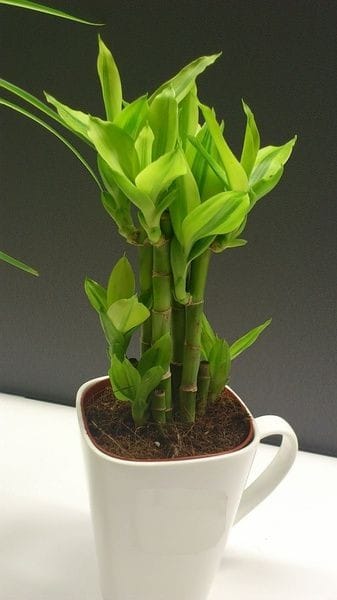
5. Nourishment
If you want to grow your mini bamboo plants in soil, choose a well-drained potting mix suitable for houseplants. Fertilize the soil sparingly with a balanced liquid or granular fertilizer diluted to half strength. Fertilize every 4 to 6 weeks during the growing season to nourish the plant's roots. Alternatively, you can use organic fertilizer or compost to nourish your soil-grown mini bamboo. The organic material is applied around the base of the plant and allowed to slowly penetrate the soil surface, slowly releasing nutrients over time.
6. Issues
Overwatering or poorly drained soil can cause root rot, making the roots mushy and unhealthy. Make sure the plant is potted in well-drained soil and allow the top 1 inch of soil to dry between waterings. Cut off affected roots and repot the plant if necessary. Fungal infections such as leaf spot can cause black spots and lesions on the leaves. To prevent the spread of infection, remove affected leaves immediately and ensure good air circulation around the plant. Avoid overhead watering, as moisture on the leaves promotes fungal growth. If your leaves turn yellow or dis-colour, your plant may be deficient in essential nutrients such as nitrogen, potassium, and magnesium. Fertilize the plants with a balanced flowering plant fertilizer to prevent nutrient deficiencies.
What are the Benefits of Mini Bamboo ?
Mini allamandas produce attractive trumpet-shaped flowers in shades of yellow, gold or pink that add colour to indoor and outdoor spaces. Mini allamandas are relatively easy to care for and care for, making them perfect for beginner gardeners and those with busy lifestyles. With proper care, mini allamanda plants can bloom year-round, adding continuous colour and beauty to your space. Once established, mini allamanda plants are drought tolerant and can withstand reduced irrigation, making them suitable for areas with hot, dry climates. Mini allamanda plants grow in a variety of lighting conditions, from full sun to partial shade, and can adapt to different soil types, making them versatile and easy to grow in a variety of environments.
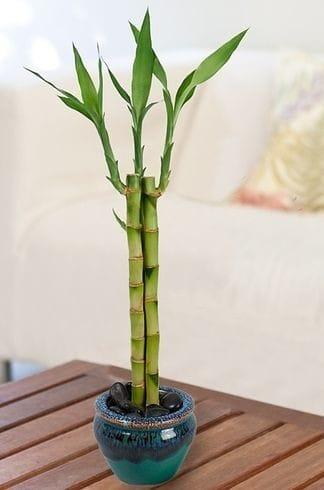
FAQs About Growing Mini Bamboo
1. Can mini bamboo be grown in water or soil ?
Yes, mini bamboo plants such as Lucky Bamboo can be grown in both water and soil. Growing mini bamboo in water is a popular and easy method. Mini bamboo plants can also be grown in soil by planting them in pots or directly in the ground.
2. Can mini bamboo be grown hydroponically ?
Choose a clean, waterproof container to store your hydroponic solution. The container should be large enough to accommodate the bamboo stem and leave room for the roots to grow. Transparent containers work well because you can monitor root development. Prepare a nutrient solution designed specifically for hydroponic cultivation. Mix the solution with water to the recommended concentration according to the manufacturer's instructions. This solution provides important nutrients for bamboo plants to grow.
3. How fast do mini bamboo plants grow ?
After planting or repotting, mini bamboo plants may go through an acclimatization period before they begin to grow actively. During this period, there may be little visible growth above the soil or water line.
4. Can mini bamboo plants be grown outdoors in cold climates ?
Mini bamboo plants, such as Lucky Bamboo, are generally suitable for growing indoors or outdoors in warm climates. Check the hardiness zone in your area and compare it to the hardiness of the specific type of bamboo you want to grow. Some types of bamboo are more cold hardy than others and can withstand freezing conditions.
5. What are the signs of overwatering ?
Yellowing or browning from the tips and edges of the leaves. A soft, mushy stem or root. A foul odour coming from soil or water. Algae that grows on the surface of water or soil.
